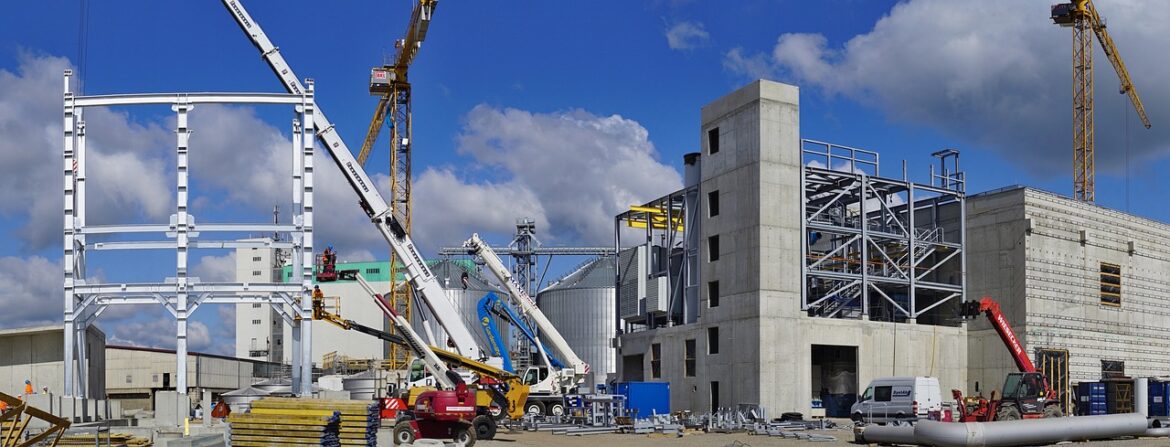Introduction to Pet Supply Chain Trends
As the pet industry continues to grow, understanding the latest trends in supply chain management is crucial for businesses to stay competitive. From navigating tariffs to embracing technological innovations, the pet supply chain faces numerous challenges and opportunities. Here are some of the most significant stories in the pet supply chain sector today.
Tariffs and Trade Wars: A Hurdle for Small Businesses
Small pet food companies are particularly vulnerable to trade wars and tariffs. These organizations often lack the financial resources to absorb the costs associated with tariffs, which can lead to increased expenses and reduced competitiveness. For instance, Identity Pet, a small pet food company, imports aluminum cans for wet pet food from Canada and exports finished products. The company faces rising costs and struggles to secure enough capital amidst the uncertainty caused by tariffs.
Key Challenges: Supply Chain Disruptions and Long-term Uncertainty
Supply chain disruptions and long-term uncertainty rank high among concerns for pet food companies. These issues can lead to delays in product availability and increased costs due to shortages of key ingredients and packaging materials. Despite these challenges, nearly half of respondents in a recent poll reported feeling somewhat prepared to manage the potential consequences of tariffs, while others remain unprepared or only moderately prepared.
Royal Canin’s Investment in Manufacturing Innovation
Royal Canin, a leading pet food brand under Mars Inc., has invested $450 million in a new manufacturing facility in Lewisburg, Ohio. This facility is designed to produce dry pet food for millions of cats and dogs annually, utilizing standardized systems to ensure precise nutrition. This expansion reflects the growth in the pet nutrition industry and the evolving needs of pet owners, who increasingly demand tailored nutrition for their pets.
Labor Shortages and Supply Chain Strains
The pet food industry faces significant challenges due to labor shortages, which impact production efficiency and supply chain reliability. The increased demand for pet food products, coupled with a shortage of skilled workers in manufacturing and logistics, leads to production delays and higher costs. Companies are seeking innovative solutions to address these challenges, often turning to automation and smart technologies to mitigate labor shortages and improve efficiency.
Technological Advancements in Pet Food Manufacturing
Technological advancements are transforming the pet food manufacturing sector. Trends include the adoption of automation, smart conveyor systems, and advanced motor technologies. These innovations enhance operational efficiency, reduce energy consumption, and improve food safety. As the industry continues to evolve, companies that embrace these technologies will be better positioned to meet growing demand while maintaining high product quality and sustainability.
Pet Valu’s Supply Chain Expansion
Pet Valu, a major pet retailer, is expanding its supply chain across Canada. The company aims to enhance supply chain agility, which is crucial for adapting to potential trade barriers. This strategic move involves opening new facilities, such as a significant investment in Alberta, to support its long-term growth plans and improve logistics efficiency. By diversifying its supply chain, Pet Valu seeks to maintain competitive advantages in a rapidly changing market.
Global Outlook: Importing Pet Food Packaging
The United States remains a leading importer of pet food packaging materials, with imports valued at over $1.5 billion in 2025. The demand for premium pet products drives this trend, alongside the need for sustainable packaging solutions. Countries like Germany and the United Kingdom also emphasize eco-friendly packaging, reflecting consumer demand for environmentally conscious options in the pet food industry.
Conclusion
Navigating the complexities of the pet supply chain requires a deep understanding of trends, challenges, and innovations in the industry. By embracing technological advancements and strategic investments, companies can better manage supply chain disruptions and ensure long-term sustainability and growth in the pet industry.
References:
- https://www.petfoodindustry.com/blogs-columns/adventures-in-pet-food/blog/15746100/tariffs-impact-on-pet-food-what-businesses-need-to-know
- https://www.dvm360.com/view/new-factory-expands-pet-food-manufacturing-for-royal-canin
- https://www.globenewswire.com/news-release/2025/05/12/3078853/0/en/Pet-Care-E-Commerce-Industry-Report-2025-Subscription-Services-and-AI-Trends-Enhance-Pet-Care-Online-Shopping-Experience-Global-Market-to-Reach-129-5-Billion-by-2030.html
- https://www.businesswire.com/news/home/20250509602875/en/Pet-Food-Market-Insights-Report-2025-2030-Featuring-Key-Vendors—Nestle-Purina-Hills-Pet-Nutrition-General-Mills-The-J.M.-Smucker-Co-Mars-Petcare-and-Diamond-Pet-Food—ResearchAndMarkets.com
- https://essfeed.com/top-10-pet-food-packaging-importing-countries-in-2025-top-10-pet-food-packaging-importing-countries-in-2025/
- https://www.petfoodprocessing.net/articles/19258-keep-it-moving
- https://www.webster.edu/humanities-social-sciences/hprr/global-policy-research-lab.php
- https://globalpetindustry.com/news/pet-valus-sales-jump-3-with-supply-chain-expansion-on-the-horizon/



